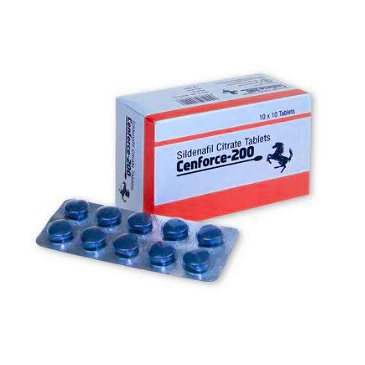In an ideal world, all dog food would be created equal. Instead, dog owners are presented with an overwhelming array of options, all claiming to be the best dog food on the market. Wading through these choices to find the most nutritious dog food brand that is healthy, affordable, and appealing to your pet is often frustrating.
What Makes a Dog Food “Good”?
Most people feed their dogs’ dry kibble or canned wet food. These processed foods might not be appealing to you, but they contain all of the nutrients dogs need to stay healthy. Quality commercial dog foods are highly regulated and have undergone rigorous testing by veterinary specialists, says Earthgenics. So what exactly is in these dog foods?
Dogs, unlike cats, are not strict carnivores. While meat makes up most of their diet, domestic dogs can also derive nutrients from grains, fruits, and vegetables. These non-meat foods are not simply fillers but can be a valuable source of essential vitamins, minerals, and fibre. Good dog food will contain meat, vegetables, grains, and fruits. The best dog foods contain high-quality versions of these ingredients appropriate for your dog’s digestive system.
Dog Food Nutrition
The best dog food for your canine companion should meet his nutritional needs. While most commercial dog food brands are specially formulated with minimum nutritional requirements for dogs, it is important to remember that not every dog has the same nutritional needs and needs the most nutritious dog food.
Dogs require a wide range of nutrients in different quantities throughout their lives. The nutritional needs of puppies are different from those of adult dogs, so it is a good idea to feed a puppy formula or an “all life stages” food to your young dog. Large breed dogs and puppies have different nutritional requirements than small breed dogs and puppies.
How to Read a Dog Food Label?
One way to decipher a good dog food from a bad dog food is to read the label. This is easier said than done, as labels can be hard to read due to the small print and just plain awkwardness of handling big bags of dog food in the store! But labels can also be misleading, as the Earthgenics explains. Dog food labels are required by the Food and Drug Administration (FDA) to tell you eight key pieces of information, and individual states may also have their labelling requirements:
- Product name
- Net weight of the product
- Name and address of the manufacturer
- Guaranteed analysis
- List of ingredients
- Intended animal species (i.e. dog or cat)
- Statement of nutritional adequacy
- Feeding guidelines
Choosing the Best Dog Food
The best dog food for your dog is ultimately up to you to decide. As an owner, you are the one who sees your dog regularly. If your dog produces firm, healthy stool, is active and fit, and has a healthy appetite, your dog food is probably working just fine. Your pet expert is a valuable resource to you during this process. They know more about pet nutrition than the average owner, and they also have access to research and resources that owners do not have. Your vet can help you narrow down your options and should be more than happy to help you find the answers to your questions about your dog’s food.




